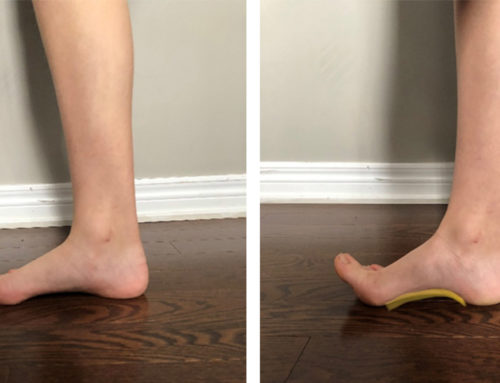Experience the Benefits of Cupping Therapy in Burlington
Cupping is part of traditional Chinese medicine. It has been practiced for thousands of years, with the earliest documentation in 1550 BC. Originally performed with animal horns, it is now done with glass or plastic cups. While cupping has been around for a long time, it wasn’t well known outside of Chinese medicine until the 2016 Olympic Games, when Michael Phelps and other members of the swim team were seen with the marks left from cupping therapy.
How Does Cupping Therapy Work?
The process involves placing cups on the skin and creating suction, which gently lifts the skin and underlying fascia (connective tissue). This suction is believed to draw blood flow to the treated area, bringing essential healing nutrients. By lifting the fascia, cupping may also help to reduce adhesions and improve overall movement. It’s common for clients to experience temporary bruising in the areas where the cups were applied, depending on the level of suction used.
Cupping and the 2016 Summer Olympics
Elite athletes like Michael Phelps are very in tune with their bodies. They will come into the clinic and say: It feels tight here when I do this movement. A tight muscle doesn’t function properly, and any restriction that they feel will result in a less than optimal performance. Even a couple of hundredths of a second or a few centimetres can mean the difference between winning a medal and finishing off the podium, so it is important for the athlete that they don’t feel any tightness before a competition.
Combining Cupping with Massage Therapy in Burlington
Cupping can be done in conjunction with massage. The cup can be applied with a light suction, and the cup is moved over the tissue. During treatment, the client will feel a pinching sensation as the skin and fascia are lifted. It is very effective on the iliotibial band and the mid-back. Cups can also be placed on tight muscles to loosen them.
Considering Cupping Therapy in Burlington?
If you’re in Burlington or the surrounding areas and are curious about the potential benefits of cupping therapy for muscle recovery, pain management, or improved athletic performance, we invite you to learn more.
To discuss whether cupping therapy is right for you, please contact Burlington Sports Therapy at 905-220-7858.
You can also find more information about our related services, such as massage therapy, here: https://burlingtonsportstherapy.com/services/massage-therapy/
Located in Burlington, Ontario, Burlington Sports Therapy helps people with their athletic health from Burlington and Oakville to Hamilton, Milton, and the surrounding areas.








